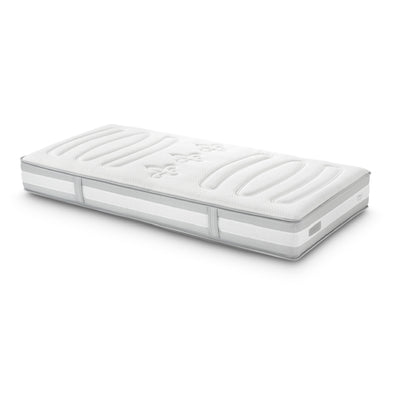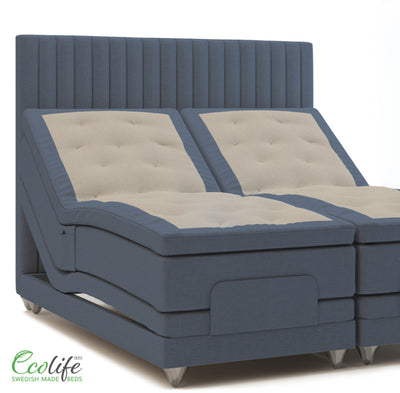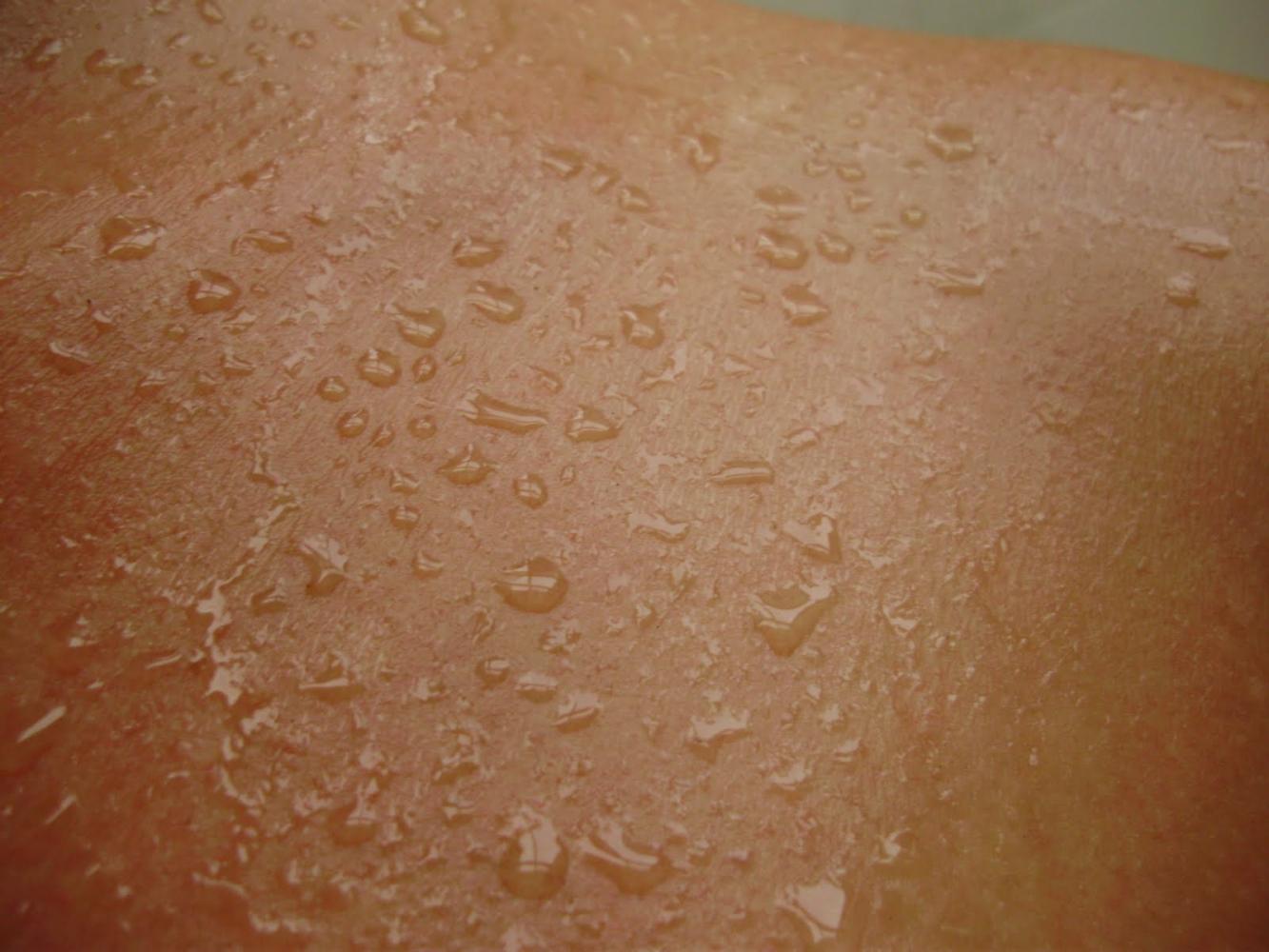The different criteria of a duvet

Information about your duvet
Many factors together determine the better slaapcomfort of a bed. Anyone looking for a new duvet is therefore faced with a number of choices. Because comfort is an individual matter . All important information can be found on the DIS-TNO label in the form of ten points of interest.
These ten DIS criteria are explained in more detail:
Filling
Down is often mixed with small feathers. The down content (15% to 100%) must therefore be stated. The more down, the lighter the duvet.
Synthetic fibres. It must be stated whether the fibers are hollow or closed. Hollow fibers are more resilient and insulate better. Wool is usually 100% pure lamb or new wool. In summer duvets, the wool is also mixed with wild silk (70% - 30%).
Fashion model
To fix the filling of the duvet, the top and bottom of the cover are attached to each other in different ways, depending on the type.
Size
- Single duvet: 140 cm width is more than sufficient for most people.
- Double duvet: Width of 240 cm or even 260 cm. A length of 200 cm is sufficient up to a body height of 185 cm. If you are taller, a length of 220 cm is recommended. The dimensions on the DIS label are measured exposed and smoothed out.
Tick
The ticking is the covering of the duvet filling. It must meet two important conditions:
- it should be tight enough to keep the filling inside and
- he must breathe sufficiently to effectively remove perspiration
Duvets almost always have a cover of 100% cotton. Alternatives include cotton/polyester composition, micro fabric or visco fabric.
Fill weight
The filling weight is stated as total weight or a weight per m². Because different types and qualities of filling materials also have different insulation values, you can only compare the filling weights of duvets with the same filling materials.
Heat class
The heating requirement varies from person to person . Duvets have different warmth classes, which will give you guidance in determining your choice. Heat classes are related to the thickness of the duvet.- Class 1: from 8.8 cm. In a cold room or if you are sensitive to the cold.
- Class 2: 6.2 to 8.2 cm. Average insulation, most people's favorite.
- Class 3: 4.0 to 5.7 cm. In a warm room or if you get hot quickly.
- Class 4: 2.0 to 3.4 cm. Summer duvet, optimal comfort on warm nights.
Weight class
A super light duvet or would you prefer something heavier? Due to different filling materials, duvets from the same warmth class can differ in weight. For example, wool is somewhat heavier than down. There are 4 weight classes, based on the total weight of a duvet of 140x200 cm.- Super light : up to 1200 grams.
- Light : from 1300 to 1700 grams.
- Medium : from 1800 to 2400 grams.
- Heavy : more than 2500.
Washing instructions
Duvets are usually easy to clean. The washing instructions are included in the DIS label with the well-known international washing symbols. Following this advice is very important for the lifespan of your valuable duvet.
You can wash a single duvet yourself in most washing machines. It is especially important to rinse and dry your duvet carefully after washing, so that the volume returns completely. For larger duvets you can go to a launderette or dry cleaner.
Instructions for use
The instructions for use are usually simple because a duvet generally requires little maintenance. If you lightly fluff the duvet elke day and open the bedroom window for an hour for the necessary ventilation, that is enough to keep your duvet in good condition.
Advice and sleep solutions
tailored to your needs
Free delivery
& installation
Family business
since 1941
Wide selection
top brands
Need a bed quickly :
look at our collection 'the fast bed'





